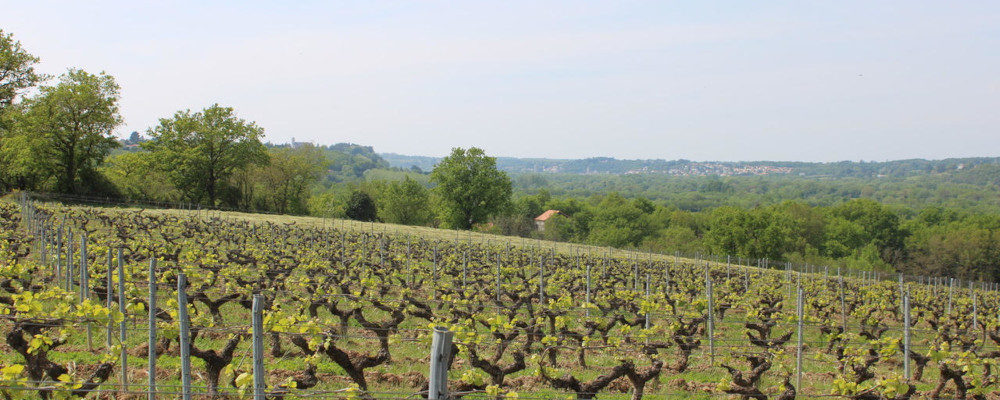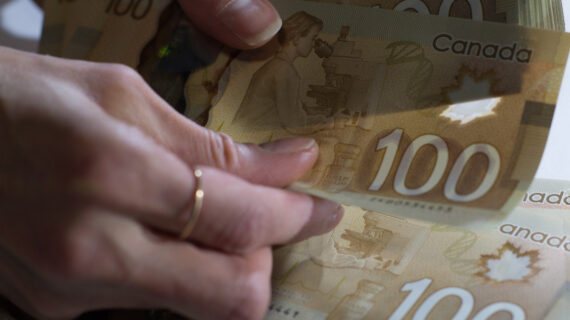It’s springtime for the winemakers of the Loire Valley.1“The Loire Valley wine route is the longest in France. Wine tourism destination par excellence, it takes place over 800 km through the vineyards of the Loire Valley.” https://www.vinsvaldeloire.fr/fr/un-vaste-territoire The vines are well on their way and the risk of frost is receding as cool foggy mornings burn off into warm sunny days. The land is alive and the promise of another vintage of wine sits among the rows in the vineyards that surround the basin of France’s longest river.
It’s also springtime for the winemakers of the Loire Valley in the sense that a twenty-odd year push to modernize their wines and classify their particular sub-regions is very much coming to fruition. It’s a heady time in France’s “third wine region”,2“Generally speaking, the French wine region’s map can be divided into northern vineyards that are reputed for white wines, and southern vineyards (with the exception of the Jura and Savoy) that are more renowned for their reds. The main wine areas of the French wine region map are Bordeaux, Burgundy, Languedoc, Champagne, the Loire Valley, Alsace, Rhône, Provence and Corsica.” https://www.winepaths.com/articles/editorial/france/explore-wine-in-france-from-champagne-to-languedoc#:~:text=The%20main%20wine%20areas%20of,%2C%20Rh%C3%B4ne%2C%20Provence%20and%20Corsica.&text=Bordeaux%20on%20the%20Atlantic%20coast%20is%20among%20the%20most%20famous%20of%20wines. and I was lucky enough to see and taste some of that during the last week in April when I was a guest of Interloire, the Loire Valley’s inter-professional association which markets the wines.
The areas of focus for Interloire are the wine regions that surround the western end of the river, including running east near its mouth at the Atlantic in Brittany, Nantes, Angers, Saumur and Tours. The best-known wines of the Loire are, likely, Sauvignon Blancs, especially the famous appellations of Sancerre and Pouilly Fumé, which lie several hundred kilometres to the east of this main area. While I tasted some Sauvignon Blanc from Anjou and Touraine, I was focused on the grapes that uniquely express the terroir of the Western Loire: Melon de Bourgogne, Chenin Blanc and Cabernet Franc.
Despite the moderating influence of the Atlantic Ocean and the effects of global warming, the western Loire regions are cool climate wine regions. At about 47 degrees of latitude, they are among France’s most northern viticulture sites. The wines, accordingly, tend to be fresh, often with a racy acidity. They are generally, in other words, food wines made to be drunk at the table. Indeed, outside of their natural habitat, the wines of the Loire might be most likely found in the bistros of Paris.
Here are some broad takeaways from my recent trip, organized by grape variety.
Melon de Bourgogne
Melon de Bourgogne is a white grape used to make Muscadet, the crisp and clean dry white wine. Unfortunately, Muscadet sounds a lot like “Muscat” the large aromatic grape that is most commonly used to make sweet wines and I have often wondered how many consumers are confused between the two very different styles. In any event, Muscadet from the Loire, including the Coteaux de la Loire designation, and the more commonly known Muscadet Serve et Maine, remains a discoverable bargain, far underpriced for its consistent value.
Textural depth and flavour complexity in Muscadet are arrived at by leaving it “on the lees”: look for the words “sur lie” on the label. The lees are the remains of the yeast that fermented the wine, and the vignerons of the Loire are masters of this technique, which retains freshness.3“As the yeast cells start to break down during the process of autolysis, they release tiny amounts of sugars (called polysaccharides) and amino acids. The presence of these compounds is sensed on our tongues and palates as a textural weightiness or increased body in the wine. White and sparkling wines aged on the lees are often described as creamier, richer, fuller-bodied, or with greater depth and complexity of flavor.” https://winefolly.com/deep-dive/what-are-wine-lees-sur-lie-explained/ If there is a better wine to go with oysters, I have not had it. Anne Athimon, whose Muscadet from the Domaine des Génaudieres is left on the lees for two years, bears the name Champtoceaux on its label in reference to a nearby medieval village perched above the river. Champtoceaux is just one of a number of “villages” or “communes” Muscadets, part of an overall trend in the region to attach wines to the particular place they are from.
Chenin Blanc
The Loire is the spiritual homeland of the white Chenin Blanc grape, which has the dual talent of being able to express very clearly terroir or technique, or both. It is not unlike Chardonnay in this regard. It can be made into unctuous sweet wines, like Grand Cru Quarz de Chaumes, the best of which retain fresh and mouth-watering acidity. Or made bone dry, like sought after Savennières with its explosion of stone fruit.
Chenin from Savennières, made by only 30 producers, has the most famous labels, such as Nicolas Joly’s Coulee de Serrant, or his neighbour Tessa Laroche at the Domaine aux Moines, whose 2019 Roche aux Moines tastes like the Platonic ideal of a glass of white wine. Of course, it’s mostly priced accordingly, but the good news is that the success of Savennières has inspired Chenin growers across the western Loire who are pivoting from sweeter wines and are pushing the quality envelope for dry Chenin in the region.
A group of a few dozen producers have formed an unofficial appellation they call Anjou Blanc, drawing mostly from the area south of Angers, going down from the left bank of the Loire and east of one of its tributaries, the Layon. They’ve set up rules about making the wines: dry, aged for a minimum of a year, and so on. My press group met them at the thousand-year-old Château de Passavant, which is also a winery.
The new generation of Anjou Chenin seems intent on giving Savennières a run for its money, making rich and fancy whites, seasoned deftly (for the most part) with oak. Like the Muscadet producers, they are organizing themselves further into sub-regions, named for corresponding villages, including Ronceray and Montchanin. While retaining the characteristics of each village’s wine is daunting, the knowledge that the winemakers are making the effort to point out where their wine comes from and their ambition to reflect that taste of place is, in the best cases, a kind of quality assurance in itself.
Cabernet Franc
Red wine in the Loire almost always means Cabernet Franc, the red grape whose characteristic of ripening relatively early makes it ideal for cool climate viticulture. (Canadian winemakers have increasingly found success with it for this reason.) As average temperatures have grown in the last twenty years Loire Valley Cabernet Franc has consistently come to full ripeness, losing “green notes” in favour of red to black fruit ones: from cherries to raspberries or blackberries. There has never been a better time to drink Loire Cabernet Franc if you like a fresh, food-friendly, fruit-forward style.
The main Cabernet Franc growing regions in the Loire are Chinon, Bourgueil, St. Nicolas de Bourgueil and Saumur. Within Saumur is the specialized region of Saumur-Champigny, which is distinguished by its limestone soils. Around Angers, the geology of the Loire changes from the black schist rock of the Armoricaine Massif to the light, almost white, limestone soils of the Paris Basin. Saumur-Champigny is famous for its tuffeau stone, which was quarried from the middle ages on to build the churches and châteaux of the region.
The dug out caves of Saumur-Champigny are famous, like those of Champagne, and in fact are part of the same geologic formation. But it’s the effect of the soils on the Cabernet Franc grape that gives the region its distinction. While Cabernet Franc won on flinty schist soils that can have a slight pencil shaving finish, the Saumur-Champigny wines are clear in fruit and fresh in acidity. The eponymously named wines of Arnaud Lambert show this character, and so do those of Amélie Neau at Domaine de Nerleux, where they exhibit a certain purity.
Find out more about the wines of the Loire Valley at vinsdeloire.fr.




